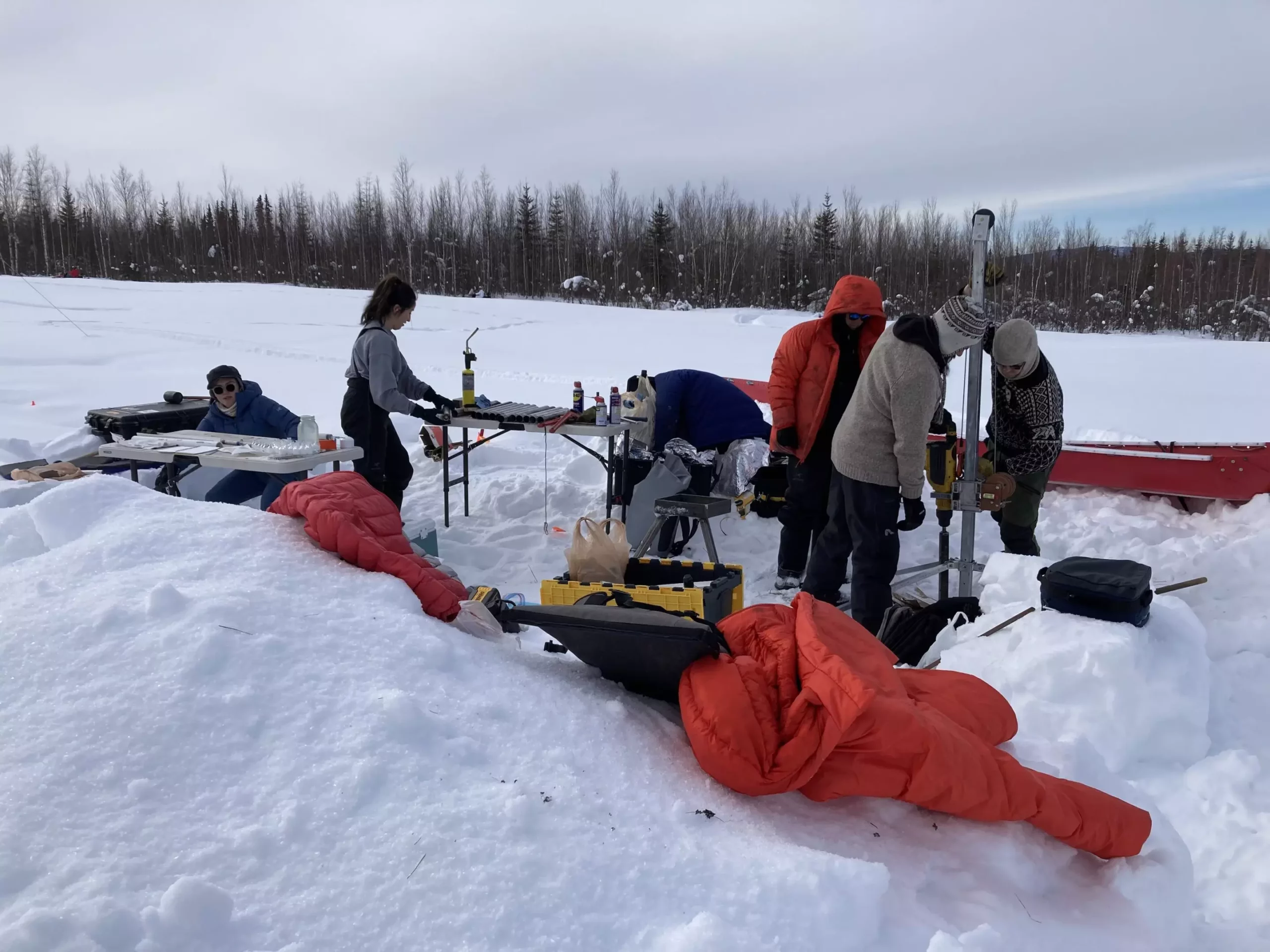The implications of climate change are far-reaching and often unpredictable. Traditional perceptions of greenhouse gases primarily focus on wetlands as the main culprits for methane emissions. However, recent research conducted by Katey Walter Anthony and her team at the University of Alaska Fairbanks has illuminated a different aspect of this issue: upland ecosystems. This article delves into their groundbreaking findings, examining how upland landscapes are also significant contributors to methane production, potentially altering our understanding of greenhouse gas emissions in a warming world.
Katey Walter Anthony, a research professor specializing in limnology, originally dismissed the rumors about methane emissions from the slightly elevated lands around Fairbanks. However, her skepticism faded when she participated in a local investigation that involved setting “turf bubbles” on fire to reveal methane gas. The unexpected results prompted her to explore the ubiquitous emissions further and led to shocking discoveries. In forests of birch and spruce, she found methane seeping from the ground in significant quantities, far exceeding expectations.
Motivated by the alarming presence of methane, Walter Anthony secured funding from the National Science Foundation and initiated an extensive study across various dryland ecosystems in Arctic and Interior Alaska. The results were published in Nature Communications, revealing that upland areas were releasing higher levels of methane than previously documented for northern terrestrial ecosystems. This research has profound implications for understanding how climate change shapes our planet.
Walter Anthony’s findings challenge entrenched notions about where methane emissions are prevalent. Traditionally, methane emissions were predominantly attributed to water-saturated soils found in wetlands, areas where anaerobic conditions favor certain microbes to produce methane. However, the upland sites examined in this study displayed emissions that, astonishingly, surpassed those recorded in wetlands. Researchers noted that methane emissions during winter months were up to five times greater in upland areas, contradicting conventional expectations.
This revelation indicates the urgent need for a paradigm shift in how climate scientists evaluate methane sources. The mere presence of upland methane could have cascading effects on climate models that currently underestimate the potential contributions these ecosystems may make to atmospheric methane levels as global temperatures continue to rise.
To substantiate their claims, Walter Anthony and her team conducted a meticulous analysis involving over 1,200 methane flux measurements across 25 sites in Alaska over three years. They focused on areas that exhibited thermokarst formations—land patterns created by the thawing of ice-rich permafrost, resulting in uneven terrain. Their findings confirmed high methane emissions across nearly all sites studied, emphasizing that this phenomenon is widespread and significant.
Utilizing various research techniques, including radiocarbon dating to determine the age of the carbon and microbial genetic analysis, the scientists were able to construct a multifaceted understanding of how and why methane is being emitted from these upland sites. They discovered that “taliks,” which are areas of soil that remain unfrozen in winter, are critical to understanding this elevated methane release. These taliks create conducive environments for microbial activity even during colder months, contributing to the seasonal flux of emissions.
One of the most concerning aspects of the research is the emphasis on the role of ancient Yedoma soils, which are notorious for their rich carbon storage. Although they cover only 3% of the permafrost region, these deposits hold more than 25% of the total carbon in northern permafrost soils. The study highlighted that high silt content in these soils limits oxygen penetration, creating conditions favorable for methane-generating microbes.
As the Arctic continues to warm, it is projected that thermokarst formations and accompanying taliks will proliferate, likely exacerbating methane emissions. The cascading effects could lead to a much larger release of greenhouse gases than previously anticipated, fundamentally altering the understanding of the permafrost carbon feedback loop.
Walter Anthony’s research signifies a crucial turning point in climate science, urging stakeholders and policymakers to reconsider existing models. The evidence pointing to upland areas as significant methane sources underscores the urgency of understanding how global warming is reshaping ecosystems and their emissions.
As our climate continues to change, it becomes imperative to address these newly uncovered contributions to methane emissions. Walter Anthony warns that the potential scaling of upland’s methane production suggests a much more alarming trajectory for the permafrost carbon feedback than previously envisioned. Continuing research in this field will be vital to informing effective climate strategies and ensuring a comprehensive understanding of the complexities surrounding greenhouse gas emissions.


Leave a Reply